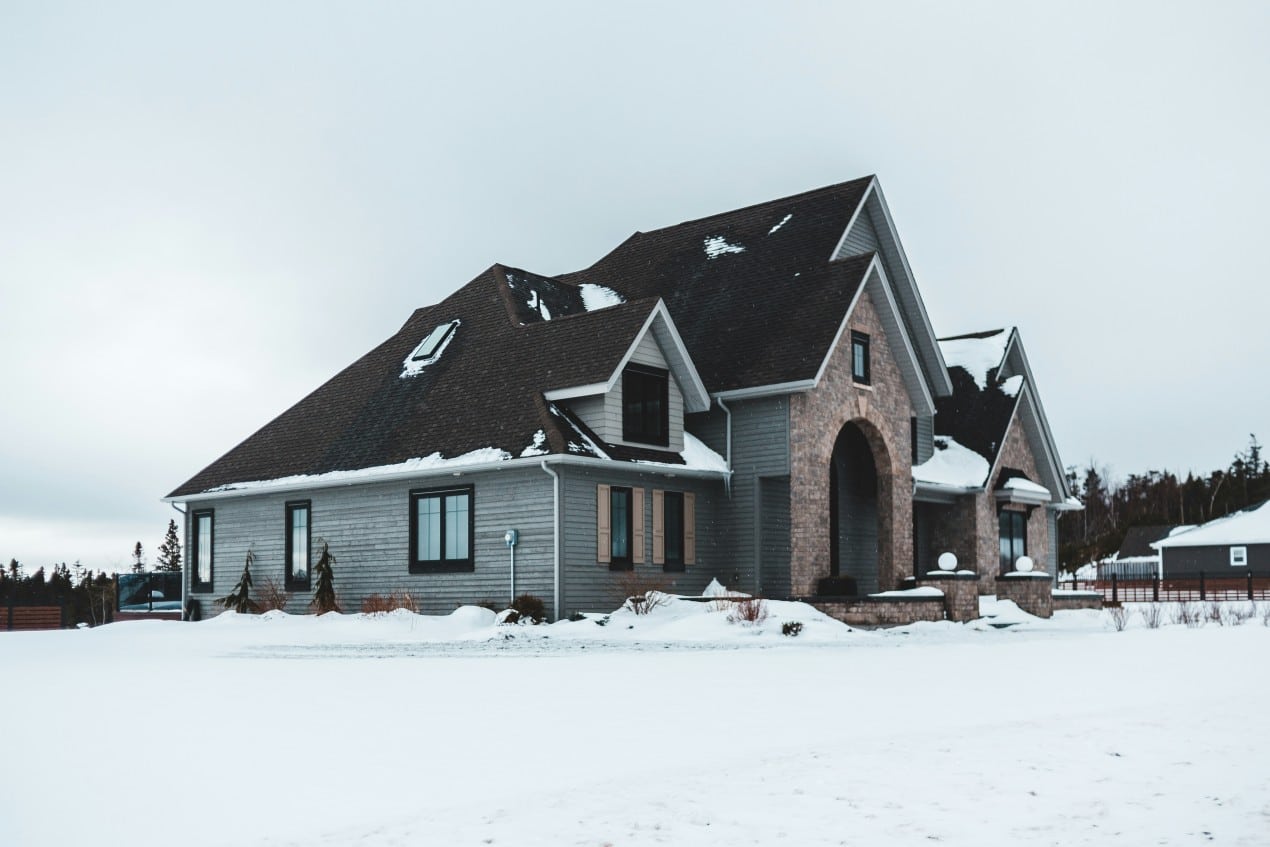If you’re just moving into a new build home for the first time, then you’ll want to be sure that you’re prepared for the coming cold weather. New builds have the advantage of being built to more modern standards, using superior materials. However, they may behave differently in the face of cold weather, and it’s worth preparing yourself for a few of those differences.
Drying-Out & Settling Period
While a new home is being built, it will be exposed to the elements. What’s more, it won’t yet have spent any length of time settling under its own weight. It can take more than a year for a home to reach its final position and moisture level. Some creaking and groaning is to be expected during this early period.
The walls are typically finished with what’s called ‘breathable emulsion’, which is a variety of paint through which airborne moisture can pass. It’s worth waiting until after the first year before you redecorate.
Insulation, Heat Retention & Energy Efficiency
When it comes to energy performance, new homes tend to beat their older counterparts, hands down. Not only are they better insulated, but they’re also equipped with more modern boilers – and in some cases, heat pumps.
If you notice that the energy performance isn’t all that it might be, then it might be a good idea to start checking for drafts and other issues.
Ventilation, Condensation & Indoor Air Quality
During the first year, trapped moisture can be a major concern. In order to save energy, new builds are often built to ‘air-tight’ standards. This might mean that the water ends up with nowhere to go.
Trickle vents are a requirement in many new homes. They amount to tiny slits on the window frames, which ensure that trapped moisture has somewhere to go. At the same time, you might also want to monitor your internal air quality, and use a dehumidifier to keep the space dry and mould-free.
Snags, Maintenance & What’s Covered Under Warranty
In general, you can expect the structural warranty on your new home to last for at least a decade. This will cover you against problems with the fabric of the building, rather than its contents. For peace of mind, you might commission a snagging survey, which will flag up early problems. When you encounter an issue, make sure that you document it before reporting it.
Sometimes, the issue in question might fall within ‘normal tolerance’. This means that it isn’t severe enough to do anything about. Check the terms of your warranty if you’re unsure. It might be that you need to pay extra to get a fault corrected – but most reputable developers will do what they can to keep you satisfied.

